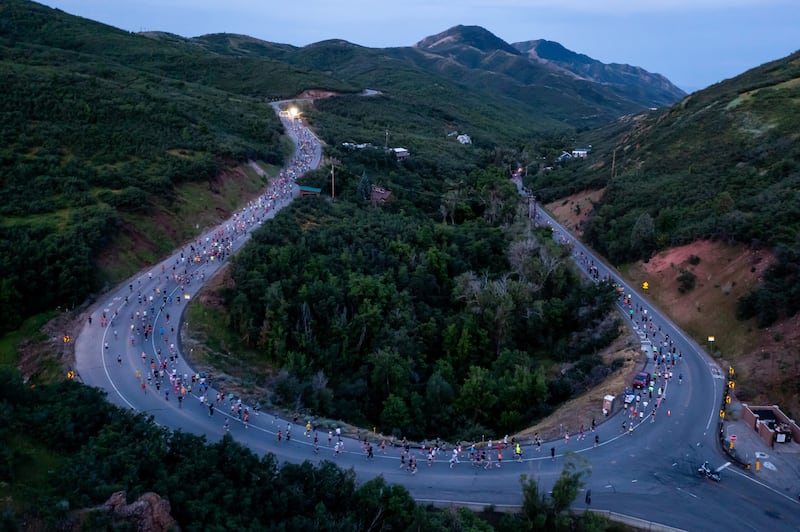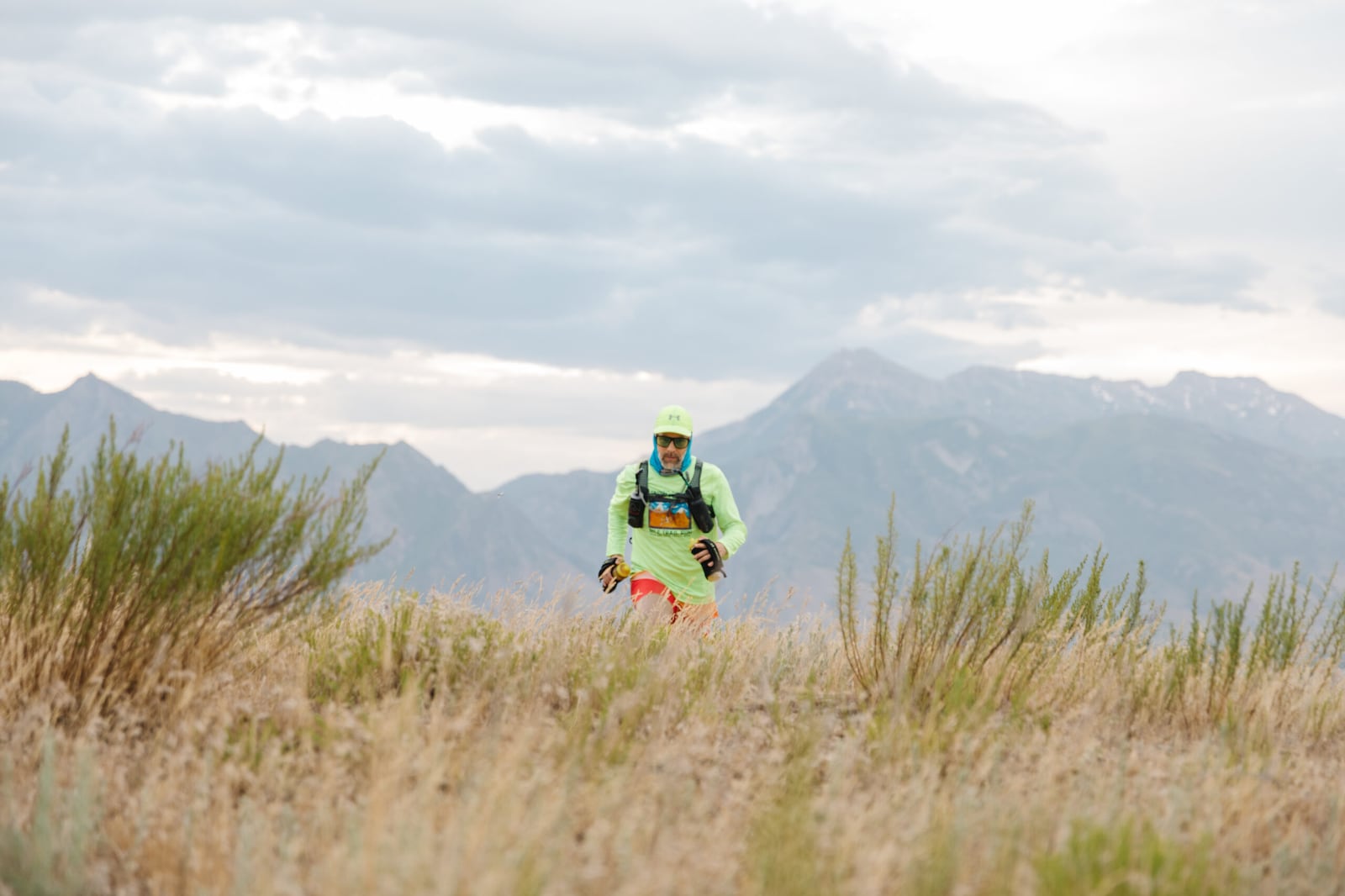This story appears in the July issue of Utah Business. Subscribe.
In 2014, a pair of German researchers published a study investigating the relationship between a publicly traded company’s market value and the physical fitness of its CEO. In this case, “fit” was determined by whether or not the CEOs had completed a full marathon.
After comparing the names on the finisher lists of the 15 largest marathons in the United States, cross-referencing those with the disclosure documents of companies on the S&P 1500 and then taking steps to rule out any misidentifications, the researchers concluded that the CEOs who completed marathons presided over companies worth 8 to 10 percent more than their “less fit” counterparts.
“Fitness should play an important role for CEOs due to its many positive effects, such as improved stress coping, improved cognitive functions and executive control processes, and better job performance,” the researchers state in the report’s conclusion.
But what if the opposite were true? Could the high levels of stress-coping, cognitive function and executive control that are prerequisites to effective leadership make one better suited to endurance athleticism? Or, what if it’s a third factor that predestines success in both?
Few people have as much authority to comment on this topic as 17-time marathon finisher Phil Dumontet, the recently named CEO of endurance event production company Brooksee. Dumontet — an endurance athlete who serves as the top business leader of a business serving endurance athletes — believes the lessons learned while physically pushing oneself are central to success in business.
“Running is as hard on the mind as it is on the body. The ability to continue running at mile 20 when you’ve got nothing left and there are six more miles and you keep going — that feeling is very applicable to the business world,” Dumontet says. “Endurance training teaches resilience and the ability to keep going in the face of setbacks and challenges. It trains you to find comfort in discomfort, and that’s what a business leader needs.”
Tech entrepreneur Jepson Taylor approaches the equation from the other direction, remembering the surprise of learning how easily the lessons of success in the corporate world could be applied to ultramarathons.

“I used to be into road biking and knew that if I were in a bad mental state, I could go on a 20-mile ride and get recentered. But I never saw the appeal of ultrarunning,” Taylor says. His perspective radically changed two years ago during a particularly stressful time at work that included the resignation of his former CEO.
“I would deal with that chaos by cooling off in the mountains,” he continues. “I’d just start running further and further, going 20 miles, then 30 miles. Back then, it was my way to vent. Today, I spend the time thinking.”
Taylor notes that trail running requires quick problem-solving; those who try to mindlessly coast along a rocky trail — as one might while running on pavement — are sure to stumble. Here, he hits upon a third factor that may resolve this particular chicken-egg conundrum: mindfulness.
“I’ve been in boardrooms where brilliant strategists with really good decision-making models fall apart when they’re under stress without the mindfulness tools, command over their own presence and ability to understand what’s happening inside of them,” says Monnica Manuel, an executive coach and co-founder at RSG Performance, a consultancy specializing in training corporate executives in an adapted set of mindfulness training techniques first developed for Olympic athletes and members of the special forces.
Manuel points to a study that began by analyzing the brains of peak physical performers to understand how they anticipate, deal with and recover from stress. Unsurprisingly, the high performers’ brain physiology differed from that of the less exceptional control group members, as determined by functional magnetic resonance imaging (fMRI).
“There was an eight-week intervention with [the control group], teaching them mindfulness-based stress reduction techniques. They then put them back in the fMRI and found that their brain physiology had changed to look like the elite athletes,” Manuel says.
Manuel’s husband and RSG co-founder is himself an ultramarathon runner, and she says the mindfulness parallels between high-performing athletes and executives were very apparent while she served as his support team for his running of the Moab 200. She specifically noticed that, as the number of runners grew smaller with each mile, those that remained increasingly demonstrated an advanced awareness of their internal states and surroundings. This reminded her of business leaders effectively managing unusually stressful situations.
Manuel posits that high-performing athletes don’t make for high-performing executives or vice versa. Instead, those skilled at mindfulness possess a foundational ability that supports success in both.
Just as even the most mindful ultramarathoner would fizzle out and fail without the benefit of aid stations along the way, Manuel says corporate athletes trained in mindfulness remain at risk of burnout unless they know what their “aid station” equivalent is.
“Professional athletes compete during their sport’s season and then get to take part of the year off to focus on recovery. In business, it’s constant,” Manuel says. “Corporate athletes need to know what activities nourish and rejuvenate them and rebuild their stamina, and to place these aid stations at regular intervals, even when they don’t feel like they need them.”
In business, Taylor says, his “aid station” is his executive team.
“I minimize the need to take breaks by leaning heavily on them, letting them carry a lot of weight, and not being the kind of leader that takes it all on themselves,” he continues.
Manuel says she learned an important business lesson while running the Antelope Island 100. At mile 40, she felt a twinge in her knee, but she was so dedicated to finishing that she ran another 21 miles until her leg completely gave out. She’d pushed herself too hard and was unable to finish the race.
“My mistake was being tied to outcome instead of the journey and process,” Manuel says, adding that three months later, she discovered the principles of mindfulness that would have saved her from that agony. “A foundational attitude of mindfulness is letting go of outcome and being present here. In business, you set the goal and then go back into the activities to get there, which you can control today. You can’t control the outcome. I didn’t apply that to my racing and paid a high tuition for that lesson.”


